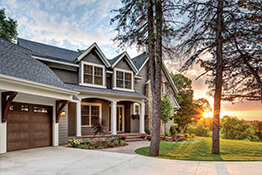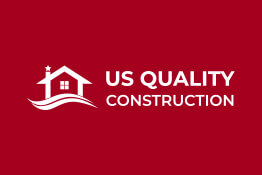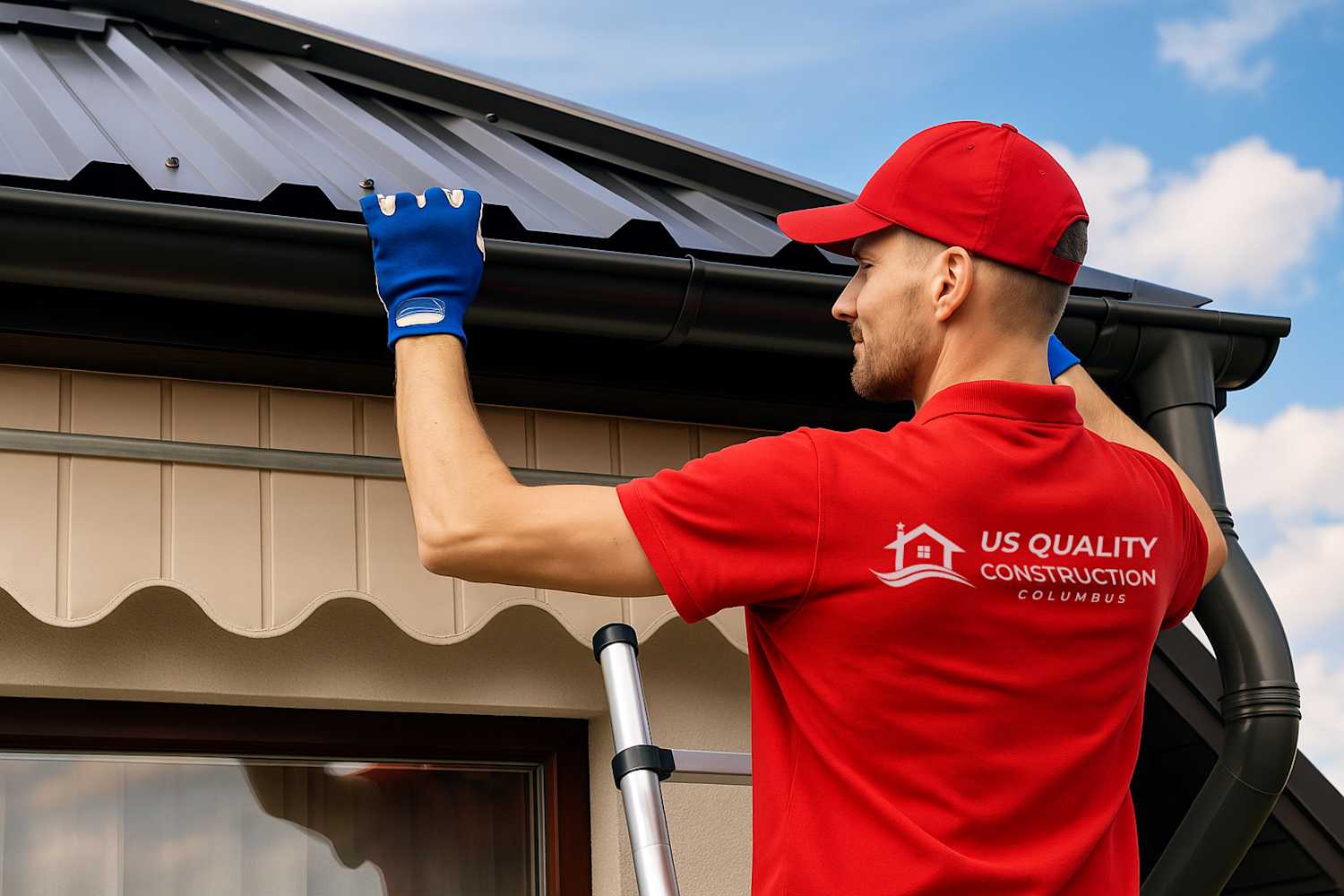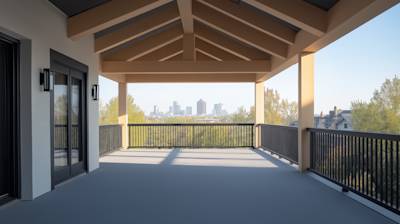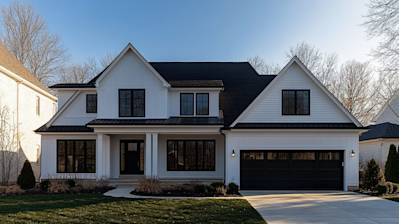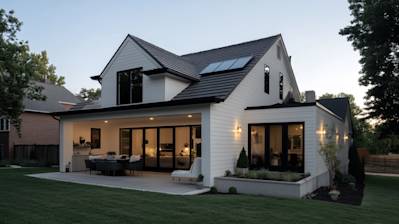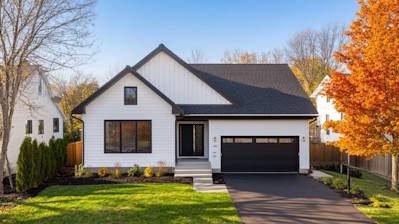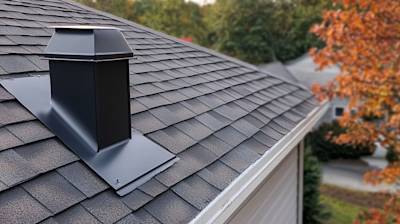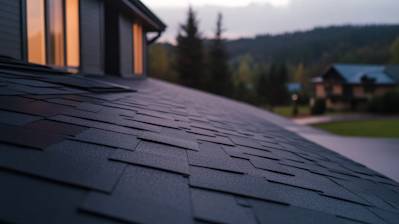Your home is your sanctuary, built with love and care. Every aspect of it has been carefully chosen and installed to ensure maximum functionality and aesthetic appeal. An essential but often overlooked element of this is the roof drip edge.
A crucial component of any roofing system, a drip edge assists in directing the runoff water away from the fascias and into the gutters. In this article, we delve deep into the world of roof drip edge, understanding its essence, benefits, types and installation process. Buckle in for a detailed exploration.
Part One: Unveiling the Essence of a Roof Drip Edge
A roof drip edge refers to an L-shaped metal strip installed along the roof's edge. It performs the primary task of guiding away water from the roof and protects its underlying sections. This essentially prevents any possible water damage, ensuring an enhanced lifespan of your roof.
Materials Used: Generally, roof drip edges are manufactured from several types of materials including aluminum, galvanized steel, copper, and vinyl. These materials are well-known for their durability and weather resistance, making them perfect for the job.
Part Two: The Role and Benefits of a Roof Drip Edge
The roof drip edge serves several critical roles, each contributing to preserving the overall integrity of the roofing system. Let's delve into the key benefits:
Channeling Runoff Water: The primary task of a drip edge is to direct water into the gutters and not behind them, keeping fascia dry and preventing any potential damages.
Protection Against Pests: By sealing off the space between the deck and fascia board, drip edges also deter rodents and insects from entering your home.
Preserving the Roofing System: The roof drip edge safeguards the roofing material from premature decay and enhancing its overall longevity.
Aesthetic Appeal: Available in various styles and colors, these drip edges add a sleek finish to your roof line.
The crux of it all? Your roofing system is incomplete and somewhat unprotected without an efficiently installed roof drip edge.
Part Three: Understanding Types of Roof Drip Edge
Typically, roof drip edges are categorized into three main types - Type C, Type A, and Type B. Each one is suited for different roofing styles and requirements.
Type C: This style is flat without a flange, making it suitable for roofs with a slope or slant.
Type A: It comes with a face extension, allowing it to direct water into the gutter easily.
Type B: It combines features of both Type A and C, with a face extension and a gutter-facing flange, making it appropriate for roofs requiring a larger flange.
While choosing a type, consider factors like the style of your roof, the extensiveness of your gutter system, and your local climate.
Part Four: Installing a Roof Drip Edge
Properly installing a roof drip edge is crucial to reaping its full benefits. Here's a step-by-step guide to the process:
Measure Your Roof: The first step involves measuring the perimeter of your roof. This allows you to establish the amount of drip edge you'll need.
Choose Your Drip Edge: Based on the requirements and the style of your roof, select a suitable type of drip edge.
Cut Drip Edge to Size: With the measurements in-hand, cut your drip edge to fit correctly.
Install on the Eaves: Begin the installation process by applying the drip edge to the lower edge of the roof deck, ensuring it hangs over the edge slightly.
Overlap the Pieces: If you require more than one section of drip edge, ensure they overlap by at least 2 inches.
Install on the Rakes: Finally, you can install the drip edge along the rake of the roof, overlapping any pieces as needed.
Remember, for ensuring long-lasting protection, it is always recommended to employ professional roofers for the installation.
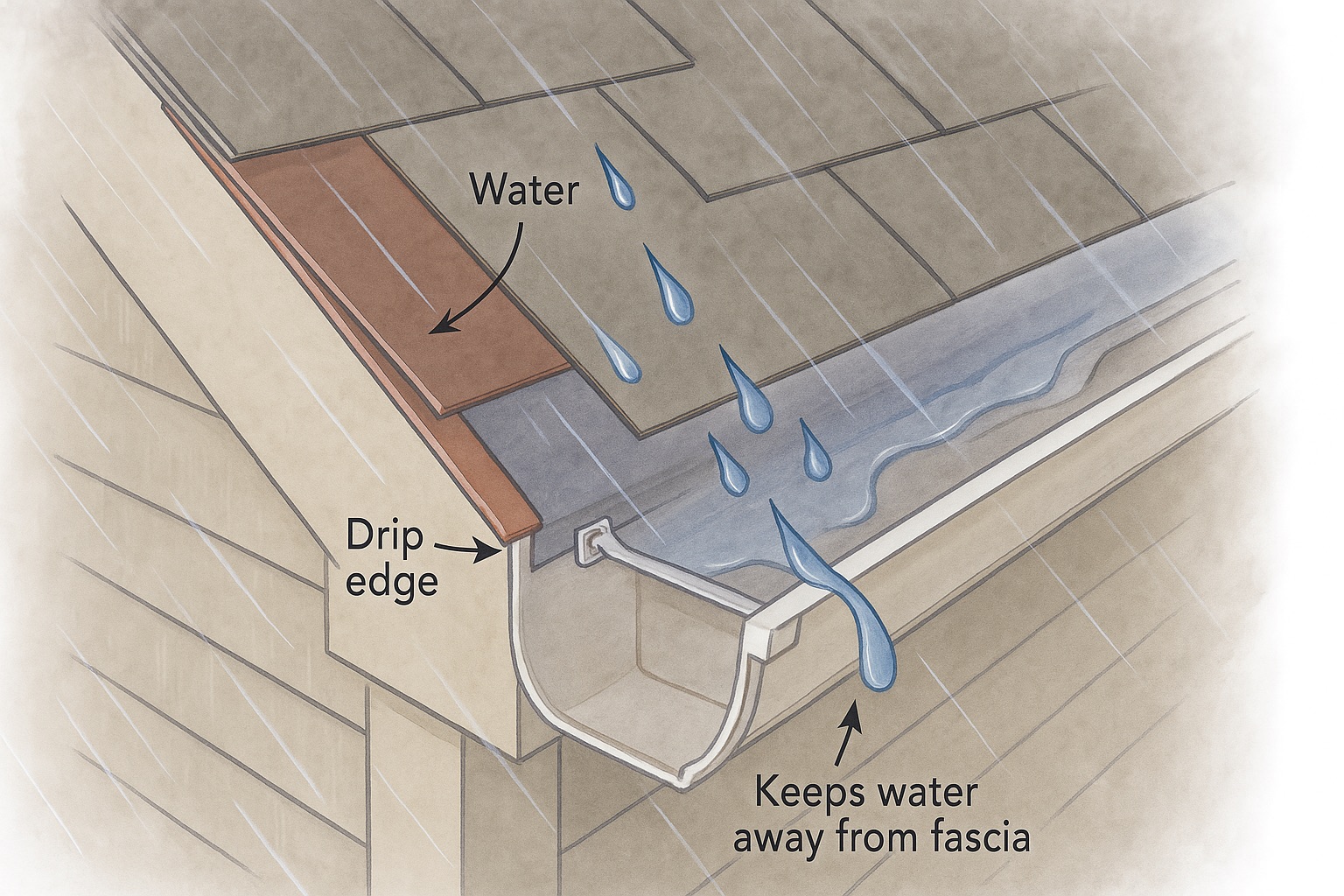
Frequently Asked Questions about Roof Drip Edge
Is it a Requirement to Install a Roof Drip Edge?
Whether or not installing a roof drip edge is mandatory depends on your local building codes. Some areas require it, while others do not. Regardless, many roofing professionals recommend installing a drip edge, as it is a practical way to manage water drainage and protect your home from potential moisture damage.
Can I Install Roof Drip Edge Myself?
While you can certainly install a roof drip edge yourself, it is essential to ensure it is done correctly. Poor installation can lead to water damage in your home. If you have some DIY experience and understand the steps involved, you can attempt it. But if you're unsure at any point, it's best to hire a professional roofing contractor to ensure the effectiveness of the drip edge.
When Should I Install a Roof Drip Edge?
Typically, a roof drip edge should be installed during the roofing process - either when the roof is being constructed initially or when being replaced. It needs to go underneath the ice and water at the eaves and on top of the ice and water and underlayment on the rakes. This part of the installment helps ensure the efficacy of the drip edge.
What Material is Best for Roof Drip Edge?
Roof drip edges are often constructed from galvanized steel. However, you can also find them in aluminum, copper, stainless steel, and vinyl. The choice of material depends on your budget and the aesthetic you desire for your roof. For example, while copper is very durable, it's also more expensive.
Are There Different Styles of Roof Drip Edge?
Yes, roof drip edges come in three primary styles: C, L, and T. The C-style has a noticeable curve, while the L-style is simpler and usually is used with a gutter system. The T-style, on the other hand, includes a small lip; roofers often use it on shingled roofs.
How Much Does a Roof Drip Edge Cost?
The cost of a roof drip edge can vary largely depending on the type and quality of the material you choose. Additionally, the length that you will need to adequately cover your roof plays a role in the overall cost. However, on average, most homeowners spend between $1 and $2 per linear foot on a roof drip edge.
How Do I Maintain my Roof Drip Edge?
Maintaining your roof drip edge is as straightforward as performing periodic inspections to ensure it is not bent or damaged and is correctly diverting water into your gutters. If you notice any issues, you need to replace or repair the affected section of your drip edge.
Can Roof Drip Edge Be Painted?
Yes, roof drip edge can be painted to match the color of your roof or house. However, remember that lighter colors reflect heat while darker ones absorb it. Therefore, if you're in a hot climate, a lighter-colored drip edge may be better for energy efficiency.
Can I Replace Roof Drip Edge?
Yes, roof drip edges can be replaced if they've been damaged or haven’t been properly installed. If you're replacing your roof drip edge, make sure it matches the rest of your home’s aesthetic and provides all the protection that a roof drip edge should.
Can I Install a Roof Drip Edge on an Existing Roof?
While it's much easier to install a roof drip edge while a new roof is being put on, it's still possible to add one to an existing roof. However, this process can be more challenging, so it is commonly recommended that a professional do it.

Pros of Roof Drip Edge
Enhances Water Drainage
One of the biggest advantages of a roof drip edge is that it improves the drainage system on the roof. Rainwater, melting snow or dew can cause significant damage to a house if not properly directed away from the structure. The drip edge installs at the edge of the roof and channels water into the gutters. This helps reduce water damage and prolongs the lifespan of the roof.
Protects the Underlayment and Fascia
Prevents Saturation
A roof drip edge helps prevent the roof underlayment and fascia from getting saturated with water. The underlayment and fascia could otherwise become saturated, causing a higher risk of leaks and structural damage.
Shields the Fascia
The roof drip edge also serves a protective role by shielding the fascia from water damage. By ensuring that water does not directly run onto the fascia, the drip edge mitigates the risk of rot and decay, further contributing to the long-term stability of the roof.
Prevents Damage from Ice Dams
Roof drip edges can also ward off potential damage that could result from ice dams. In colder climates, snow on the roof can melt during the day and refreeze as temperatures drop overnight. This can lead to the formation of ice dams at the edge of your roof, which can push water under shingles and cause leaks in your home. However, with a drip edge in place, ice is more likely to slide off the roof rather than building up along the edge. This significantly lessens the chances of ice dam damage.
Enhances Aesthetic Appeal
A roof drip edge doesn't just serve a functional purpose, but it can also add to the aesthetic appeal of a home. These fixtures come in various colors and styles, giving homeowners the freedom to choose an option that complements the color and design of their home.
Cons of Roof Drip Edge
Additional Cost
While roof drip edges offer numerous benefits, one major disadvantage is the additional cost. Apart from the cost of the drip edge material itself, homeowners also have to factor in the cost of professional installation. Not all roofing projects may include a drip edge in their initial quote, so adding it can inflate the overall budget.
Installation Challenges
Tricky Installation Process
Roof drip edges are not the easiest to install. The procedure involves careful measurement, accurate cutting, and precise installation to ensure the fixture's effectiveness. While some skilled homeowners might be capable of doing this themselves, many people will need to hire a professional, which can increase the project's cost.
Potential Damage During Installation
If not appropriately installed, roof drip edges could potentially cause damage. For example, if nails aren't placed correctly or the drip edge is too tight, it could lead to issues like tearing of the underlayment. Therefore, installation should be left to experienced professionals, which again, may push up the cost.
Not Always Necessary
While a roof drip edge offers several benefits, it's not always a necessary addition. In regions with a dry climate, the need for a drip edge is greatly reduced. Thus, for some homeowners, the installation of a drip edge can be an unnecessary expense. Energy spent maintaining a drip edge, which might not be essential in certain climatic conditions, could be redirected towards other elements of home maintenance.
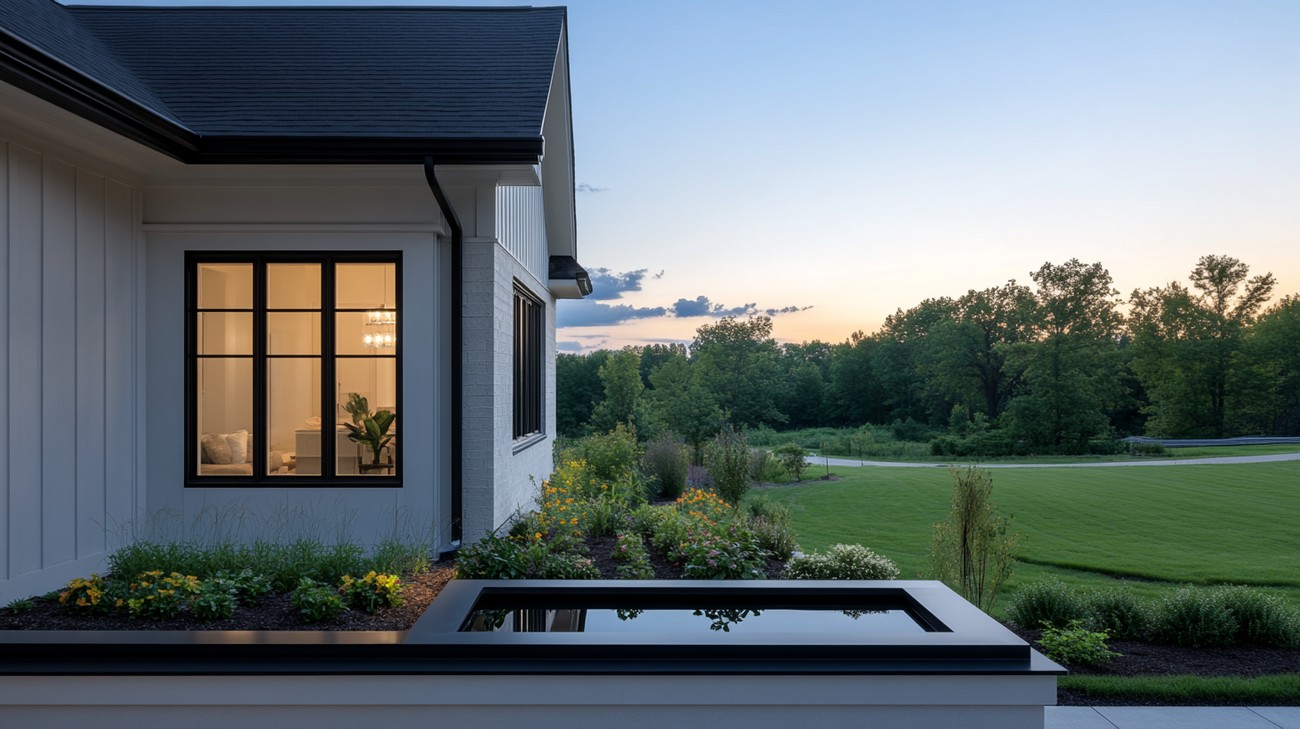
Myths and Misconceptions about Roof Drip Edge
The roof drip edge is an essential component of a professionally installed roof. It's a piece of metal flashing that gets installed along the edges of a roof to direct water away from the fascia and other roofing components. However, despite its importance, there are several myths and misconceptions around the utility and installation of a roof drip edge. This extensive section aims to debunk those misconceptions.
Myth 1: Roof Drip Edges Aren't Necessary
This is perhaps one of the most dangerous misconceptions. Some people assume that the role of the drip edge can be substituted by some other components like gutters. But no other component has been specifically designed to perform the task of the drip edge.
The truth
Roof drip edges are an essential part of any roof. They prevent rainwater from seeping under the roofing material, preventing damage to the roof deck, fascia, soffit, and more. Without this protective barrier, your property is at risk of water damage leading to costly repairs. If you live in an area that regularly experiences strong winds or heavy rainfall, you'll find the roof drip edge to be invaluable.
Myth 2: All Roof Drip Edges Are the Same
The misconception that all roof drip edges are the same leads many people to purchase and install the wrong type. They believe that one size or style fits all roofs.
The truth
It's essential to understand that roof drip edges come in various styles and sizes, each tailored for a specific roofing type or climate. Therefore, the design and characteristics of your roof should inform the kind of roof drip edge to use. For instance, roofs in wind-prone areas need drip edges with a broad flange, while roofs in heavy rainfall areas may need drip edges with large drops.
Myth 3: Roof Drip Edge Installation Is a DIY Job
It might seem like attaching a strip of metal to the edge of a roof is a simple task you can undertake on a slow Sunday afternoon. However, the reality is far different.
The truth
The installation of a roof drip edge requires precision, experience, and proper execution for maximum efficiency. Its placement is essential for ensuring heavy rainfalls won't lead to roof leakage. Plus, they also need to be installed at specific angles for proper drainage. Hence, it is always recommended to have professionals install roof drip edge.
Myth 4: Drip Edge Damage is Not a Big Deal
People don't treat damage to the drip edge with the seriousness it deserves because they have the misconception that since it's not a vast component or not visible, its damage wouldn't make a significant impact.
The truth
Any damage to the roof drip edge, such as rusting or bending, can be a window for water to infiltrate your roof, potentially leading to more significant roof damage, water leaks, and other issues. When you notice any damage to your roof drip edge, the wise course of action is to replace or repair it immediately.
Myth 5: Roof Drip Edges and Gutters Do the Same Job
Many people think that since they both deal with water, gutters and roof drip edges serve the same purpose.
The truth
While both components are crucial in water management around your roof, they carry out different tasks. Gutters gather rainwater flowing down your roof and direct it away from your home. On the other hand, roof drip edges guide rainwater into the gutter and prevent it from getting underneath your roof material.
To conclude, misconceptions can lead to costly errors when it comes to roof drip edges. It's crucial to understand what this component is, why it's essential, and how best to install and maintain it. Ignorance can result in significant roof damage and expensive repair or replacement costs.
Summary
So, what's the final word on the roof drip edge? Well, it's a crucial aspect of roofing that you shouldn't overlook. This little component gives a clean, finished look to your roof, but more importantly, it serves a protective function. By directing water away from your fascia and into your gutters, a roof drip edge prevents water damage, extends the lifespan of your roof, and keeps your attic dry.
But it isn't enough just to have a roof drip edge, it has to be installed correctly. After all, even the best-made drip edge won’t do much good if it’s not installed properly. This means it should be nailed to the perimeter of the roof and the fascia board. Then, the shingles should overlap the drip edge to ensure that any water landing on the shingles drains away.
Lastly, not every homeowner may know about roof drip edges, so it helps to do your research beforehand. Understand its importance, how it works, and why it's necessary for your home. Consult with your roofer about it and make sure it's included in your roofing project. Trust us, a roof drip edge might just be the best hidden weapon you’ve got against weather-related roof damage.
About US Quality Construction of Columbus
US Quality Construction of Columbus hails from the vibrant city of Columbus, OH, and we pride ourselves on offering top-notch construction services! With years of experience under our belt, we have built a solid reputation for delivering quality craftsmanship, backed by integrity and complete customer satisfaction. Our team not only brings their skills to each job but their passion for creating homes and commercial spaces that mirror perfection. We might be a native Columbus company, but our work ethic, dedication and monumental projects speak for us nationwide. Whether it’s your dream house or a commercial project, US Quality Construction of Columbus is your go-to partner for all construction needs.
Tags: installation, water drainage, roof protection,
